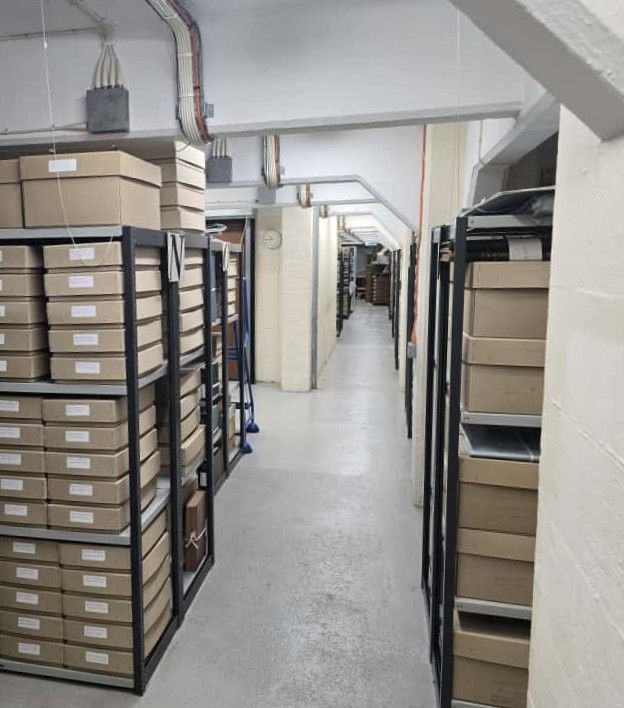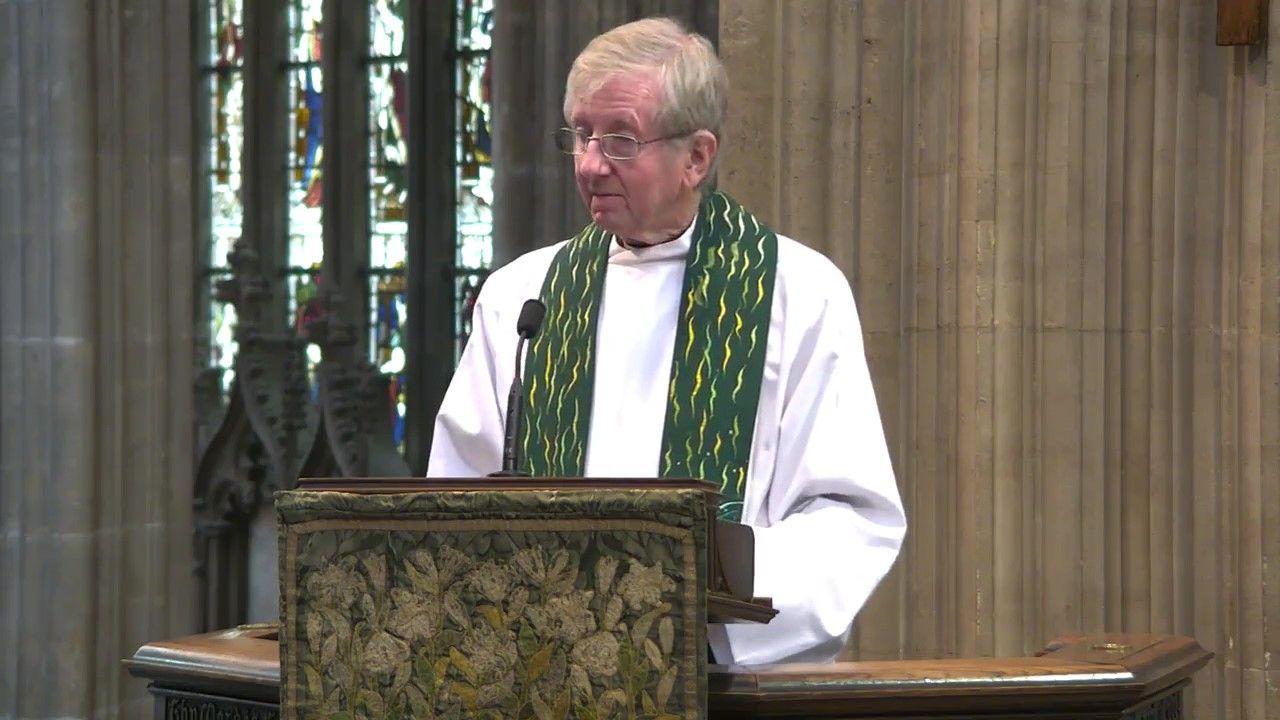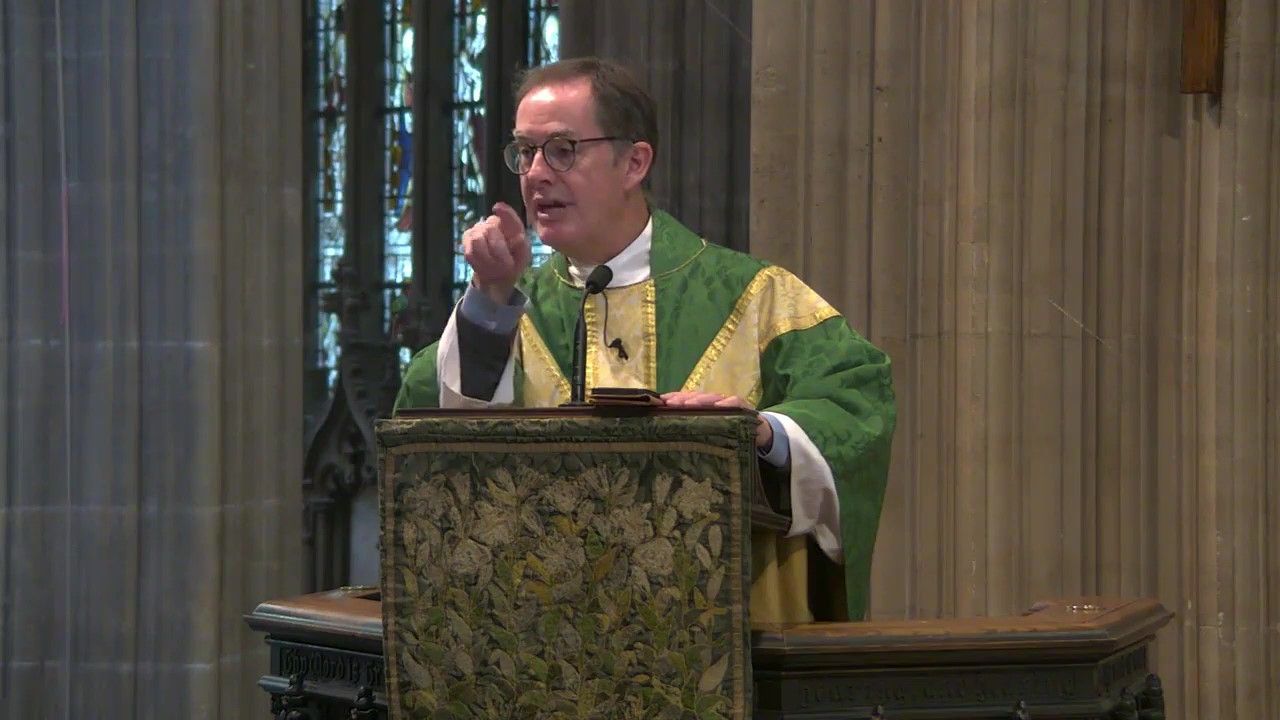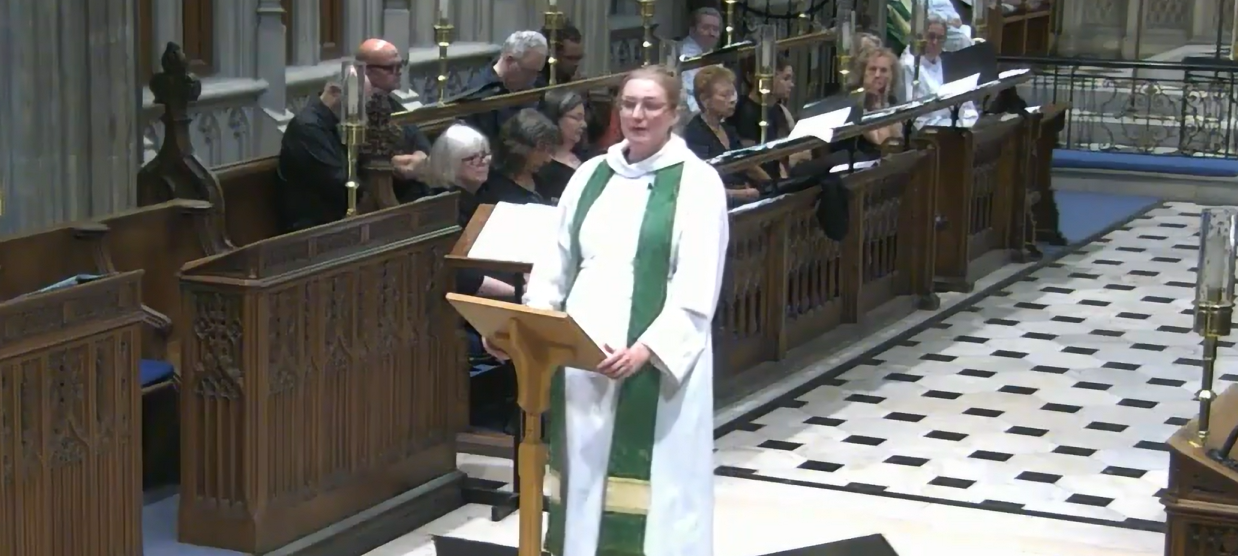Come and see
There are two pithy sayings that are often used to encourage people to contemplate the significance of Jesus of Nazareth and/or the importance of the Christian faith in their lives. One is "Follow me". An instruction or suggestion or invitation spoken by Jesus on a number of occasions to a number of people. There is little ambiguity and the context is clear: I am heading in this direction, are you? might you? will you?
The other is "Come and see". This seems very similar and could be taken as an instruction or suggestion or invitation spoken by those who have met Jesus or who know the centrality of the truths he speaks. Again, there seems little ambiguity ... until you look at the context. We are close to a grave; we are in the midst of mourning; we are surrounded by the sights and sounds and smells of death.
Far from being an invitation to anyone and everyone to engage in "life in all its fullness", this is an invitation to one person to be immersed in the very human realities of pain, grief and death. And his response is a very human one as well: Jesus wept.
When talking about funerals with children, I often take coins out of my pocket and ask them to select one. This works best when they chose the coin of highest value and, children being children, that's what most of them do. We then talk about the value of the coin; we noticed that it has two sides; and we explore the depth of love that one sides represents and depth of grief of the other. The message is simply: the deeper the love, the greater the grief.
As it is with us, so it was with Jesus. "So they said: See how he (Jesus) loved him (Lazarus)." This is a very human moment in the life of Christ and one which affirms his own humanity. And it is soon followed by another human moment. When instructed to remove the stone from the tomb, Martha (Lazarus' sister) who was presumably as grief struck as everyone else, suddenly sees a very human consequence of opening the tomb ... the stench will be overwhelming as Lazarus has been dead for four days.
And yet, in the end, it's not the stench that overwhelms those who close at hand, it is Lazarus as he emerges alive from the tomb. Indeed it is so overwhelming that, as we read next in John's gospel, some of those there believe in Jesus whilst others go to the Pharisees one of whom, named Caiaphas, says "It is better for you to have one man die for the people than to have the whole nation destroyed."
I'd like to think I know how I would have responded had I been at the tomb of Lazarus that day!






